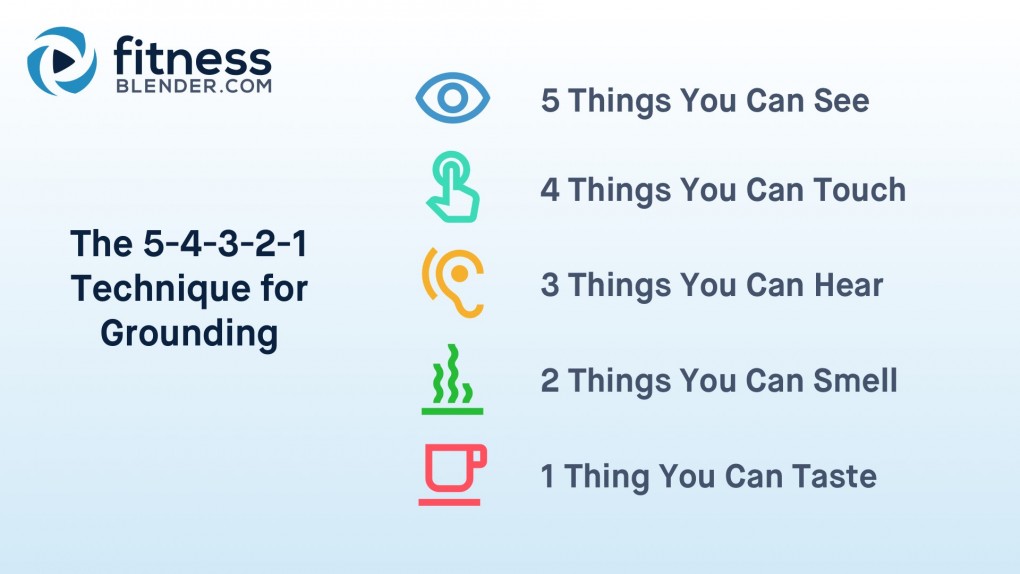This technique is incredibly popular, even being portrayed in popular media. This technique is intended to help you focus on using your five senses to bring you back in touch with your body and what is going on in the present moment. Rather than focusing on your thoughts or the sensations associated with the panic attack, anxiety, or other intense emotion, you will focus on objective things in your sensory experience and surrounding environment.
Though this is most commonly used during times of intense distress like a panic attack, it can (and maybe even should) be practiced outside of those times. In order to be able to effectively use them when needed, you have to know what to do. When you are in distress, it can be hard to think of what to do, so being intentional about it ahead of time increases the likelihood that you will remember when you need it.
Steps for 5-4-3-2-1 Technique
The following are the steps for doing the 5-4-3-2-1 technique. It may be helpful to print out the resource below so when you need it, you can easily consult these steps. It was made to be wallet-sized so you can carry it with you wherever you go.
For this technique, you will first identify 5 things you can see. Look around wherever you are and look for things that stand out to you. If you are in your home, maybe you see the decor on the walls, furniture, appliances, or anything else you can see.
Then, you will identify 4 things you can touch. It is even helpful, assuming it is safe to do so, to actually physically touch those objects. Maybe you move around your environment to go touch the couch and really feel the texture of the fabric.
Next, you will identify 3 things you can hear. We often tune out things that we can hear in the background in order to focus better, but at any given moment, we usually have things around us making noise. Maybe it is a car driving by on the street or the hum of your refrigerator.
After that, you will identify 2 things you can smell. If you search hard enough, you can typically identify something that smells around you. If you truly cannot identify any smells (or can’t smell for any reason), it could be helpful to either find something that smells (an orange or even smell an old book) or imagine things you enjoy smelling (freshly cut grass or floral scents).
Lastly, you will identify 1 thing you can taste. Again, we usually have residual tastes in our mouths from brushing our teeth or eating a meal. If you can, focus on that. However, if you can’t find any taste in your mouth, then imagine what it is like to taste your favorite foods (coffee or ice cream).

Reflection
After engaging in this activity, take stock of how you are feeling. In particular, compared with how you were feeling at the start. Do you feel more calm? Maybe more in-touch with your body? Since this doesn’t take too much time (depending on how intense your emotional experience is), you can try this a few times throughout the day to get practice. Let us know how it goes and whether this is something you envision yourself doing when distressed.
Written for Fitness Blender by Haley S, PhD
Licensed Psychologist

